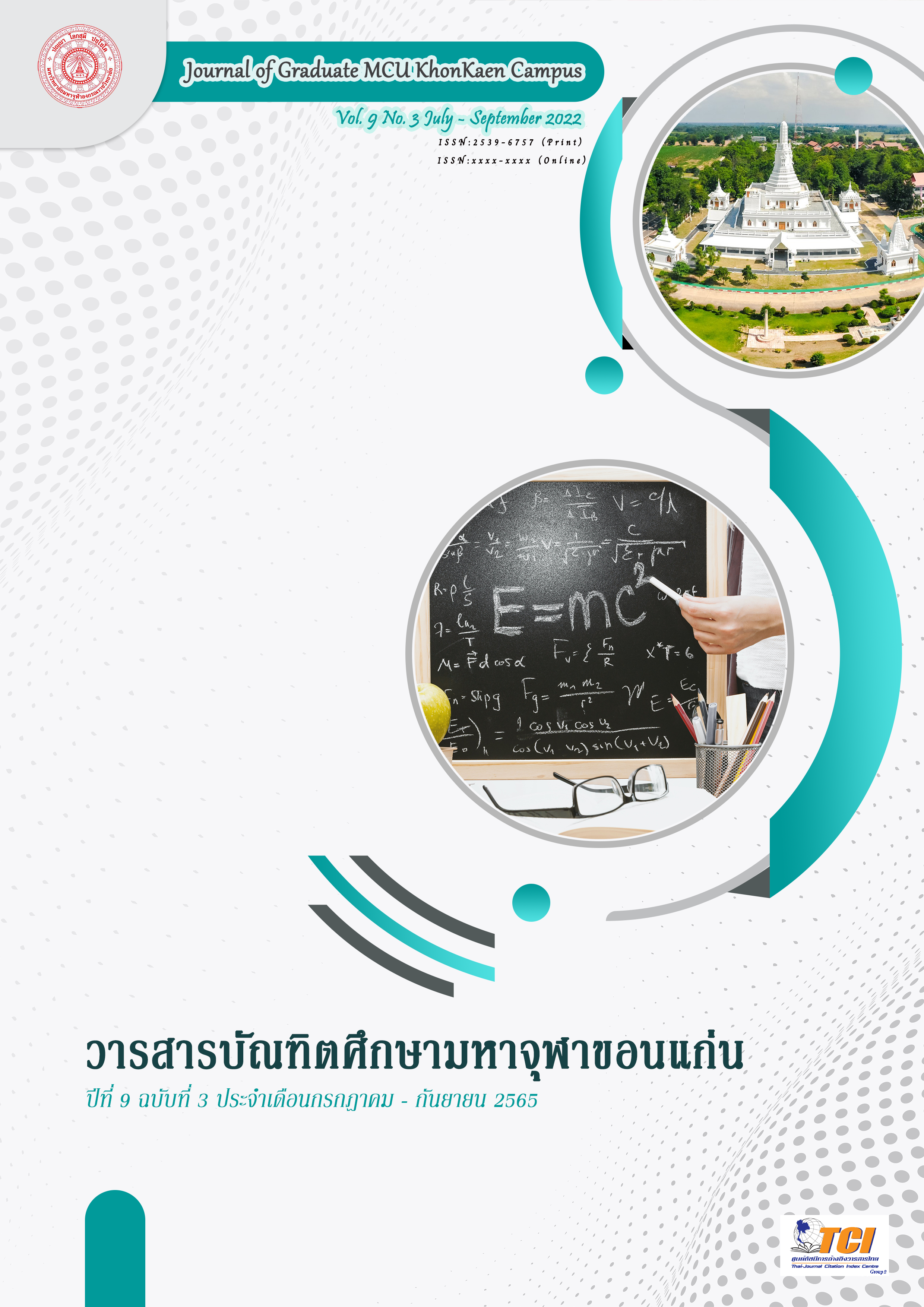Silence
Main Article Content
Abstract
We have expected for something to change the situation because we have considered that the current situation is tiring, nothing special nor interesting. Consciousness always has an explanation. It's like a bell that reminds us to stop and listen quietly just by taking a conscious breath in a few seconds. We can be awake to the fact that we are alive and inhaling. We are here and we are still alive. The internal noise will disappear immediately and there will be a feeling of light, airy and profound full of power and tenderness. We can only respond to the calls from the beautiful surroundings around us, “Here I am, I am free, I can hear you.” Therefore, he taught us to be conscious starting with teaching how to take a breath consciously and be aware of every current bodily movement in daily life with the practice.
Article Details

This work is licensed under a Creative Commons Attribution-NonCommercial-NoDerivatives 4.0 International License.
References
ติซ นัท ฮันห์. (ผู้แปล นพ. ชวโรจน์ เกียรติกำพล) (2562). ความเงียบ : พลังแห่งความเงียบสงบในโลกที่เต็มไปด้วยเสียงรบกวน : Silence : The Power of Quiet in a World Full of Noise. กรุงเทพฯ: ฟรีมายด์ พับบลิชซิ่ง จำกัด.
พระธรรมปิฎก. (ป.อ.ปยุตโต). (2003). พุทธธรรม. กรุงเทพฯ: บริษัท สหธรรมจักร จำกัด.
พระธรรมปิฎก. (ป.อ.ปยุตโต). (2000). พจนานุกรมพุทธศาสตร์ ฉบับประมวลศัพท์. กรุงเทพฯ: มหาจุฬาลงกรณราชวิทยาลัย.
พุทธทาสภิกขุ. (2005). หน้าที่ของมนุษย์ กรุงเทพมหาคร: บริษัท ไทยควอลิตี้บุ๊ค จำกัด.
พุทธทาสภิกขุ. (2554). แก่นพุทธศาสตตร์ ฉบับสมบูรณ์ กรุงเทพมหาคร: ธรรมสภา.

